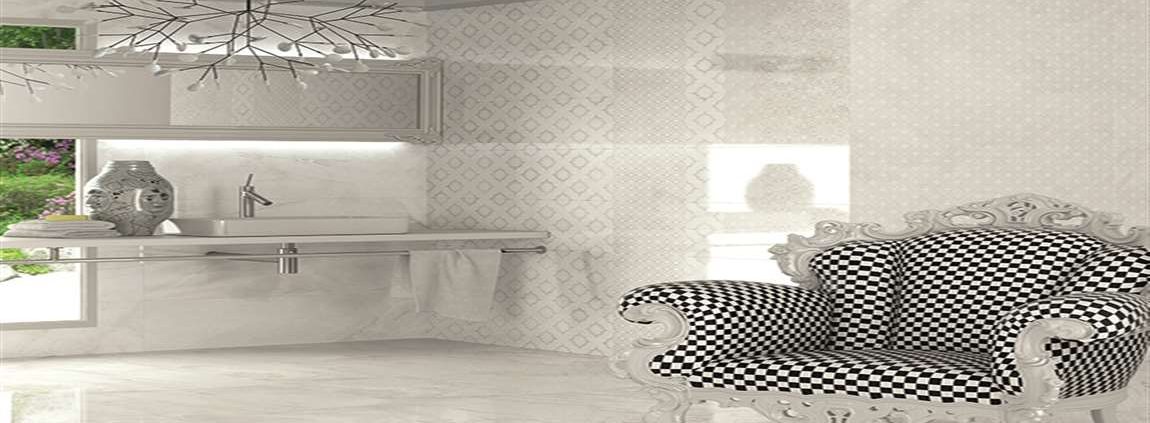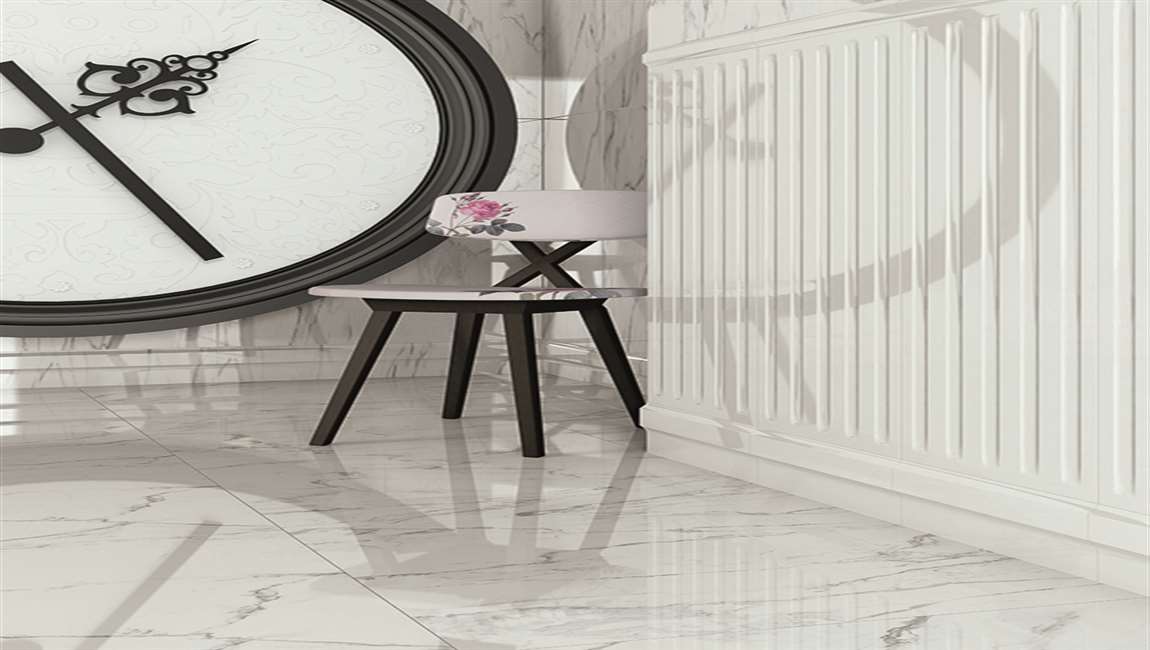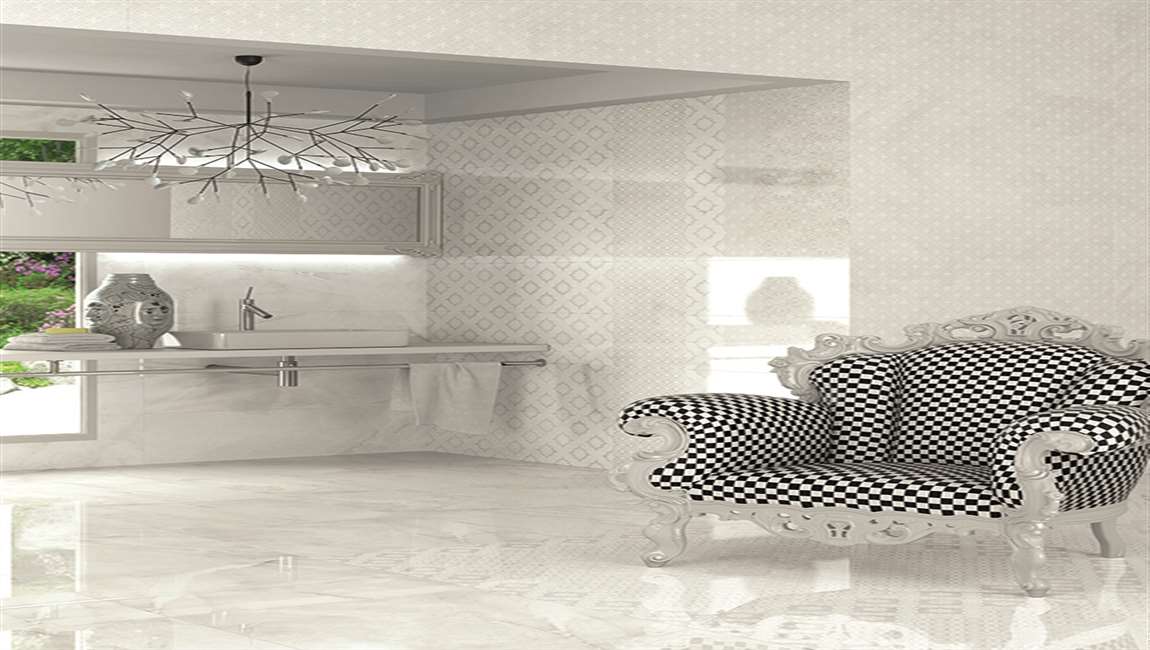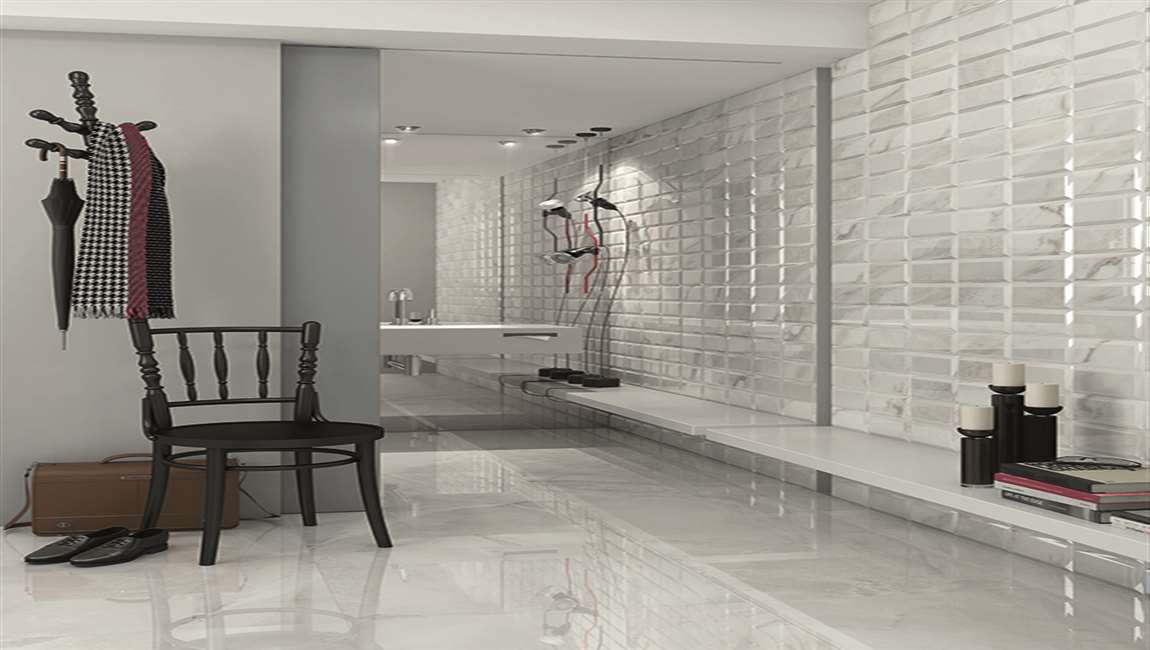Preparing for Install Glass Tile
Check your surface for structural integrity. Before you start tiling, make sure that whatever surface will be supporting the tiles will be strong and structurally sound. You don’t want to do all this beautiful tile work just to have to tear it down in two years! This means checking the wall studs if you’re putting the tile on a wall, the subfloor and floor joists if you’re tiling a floor, or the counter base and marble tile backing if you’re tiling a countertop.
Look for signs of mold and rot. This will usually be obvious, with seriously discolored wood or a surface which is soft and gives way under pressure. You’ll also want to look for cracks in the surface that you’re tiling. Small cracks may be normal but big cracks might need to be dealt with before you can continue.
Add a base material if you don’t have one. If you don’t have a solid surface to put your tiles on, you’ll need to add one. Cement board or drywall is best, as these can handle the moisture of the tiling process. Plywood should be absolutely avoided, since the wood will warp with the added moisture and it will also be less waterproof, even after tiling.
Cover any joints. Make sure that joints between cement boards or drywall are bridged with fiber mesh tape. You do not want the panels to move individual once your tile is up, since this will cause the tiles to crack.
Create your guide lines. With your surface prepared, you’ll want to create even lines that you can follow when setting your tiles. For glass tiles, using a laser level will be the easiest option. These can be purchased fairly cheaply and will project a straight line onto your surface that you can follow with your tiles. Just set it to level and then project the line where you want the tiles to go.





